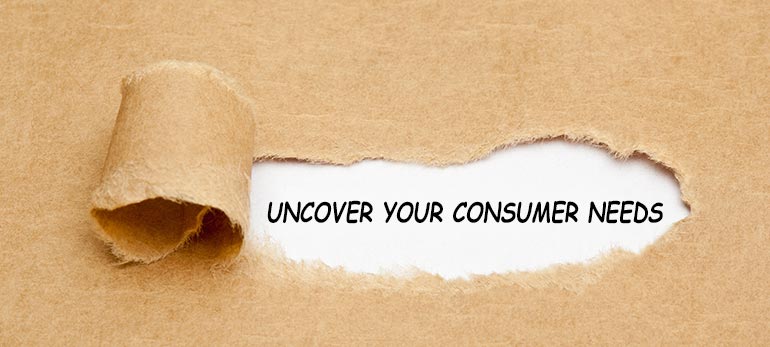 Written by Clara Hori
Written by Clara Horion April 25, 2022
Some experts suggest that financial institutions have access to more consumer data than any other industry. There are several types of valuable data that institutions use to create personalized marketing campaigns and improve consumer experience, including behavioral data.
With all of the opportunities that Big Data brings for financial institutions, many of them struggle with siloed and disparate systems. A recent study(1) found that poorly handled data can cost organizations up to 15% to 25% of revenue. Bad data holds institutions back from profitable growth and creating an exceptional, data-driven experience for their employees and consumers.
Below we’ll discuss the different types of behavioral data and the good and bad behaviors in financial data.
What is Behavioral Data?
Institutions rely on data to learn more about their consumers, and the majority of this data stems from behavioral and transactional data. Transactional data indicates payments, purchases, and more detailed information on consumers’ transactions. You can see how much a consumer is spending, where they are spending it, and how often.
With behavioral data, banks and credit unions can analyze a consumer’s behavior to gain a better understanding of their needs, wants, attitudes, beliefs, and patterns. This type of data is typically gleaned from your CRM system and consumers’ online behavior. It can also be recorded through their interactions with your institution: if they open your email, use mobile check deposit, contact the call center, etc.

FIs can use the actionable insights gained from this data to improve their customer experience by anticipating needs, pinpointing cross-sell opportunities, and targeting timely offers to the right person. For instance, if a mobile-heavy user frequently books flights and hotels, then you can provide suggestions for a credit card or product that would benefit a tech-savvy traveler on your mobile app. In the future, this consumer may be a great person to provide information and resources on a loyalty rewards program that unlocks travel upgrades or perks.
Dealing With Data
You are empowering both your employees and consumers by investing resources into your institution’s data. A good data behavior is dedicating adequate time to its improvement, removing data silos, and giving different departments the same access so they can work together and make targeted offers to the right consumers.
A bad data behavior is allowing these data silos to remain, resulting in major financial consequences and lost opportunities for your institution. Banks and credit unions can suffer unfortunate mistakes from data that is scattered or duplicated and vulnerable to human error.
The amount of data can be overwhelming for smaller institutions, but taking incremental steps to better organize, store, and clean your data leads to major results for your organization. There are also small, more specific data points that financial institutions of all sizes can analyze to paint a clearer picture of their consumers and help them achieve their financial goals.
Beyond providing cross-sell opportunities and product offers, another great data behavior is improving customer experience based on what you learn from behavioral data. If someone contacts your call center with a complaint about a mobile app readability issue or one of your website pages, you should fix the problem to guarantee that their user experience is as frictionless as possible. By addressing these issues that you notice through your consumer data, you can make notable improvements that enhance consumer satisfaction and ultimately encourage consumer loyalty.
Learn what Prisma’s marketing automation software can do for your financial institution, and visit Prisma’s blog posts for more useful marketing tips and strategies.
(1) Seizing Opportunity in Data Quality
Image credit: Adobe Stock